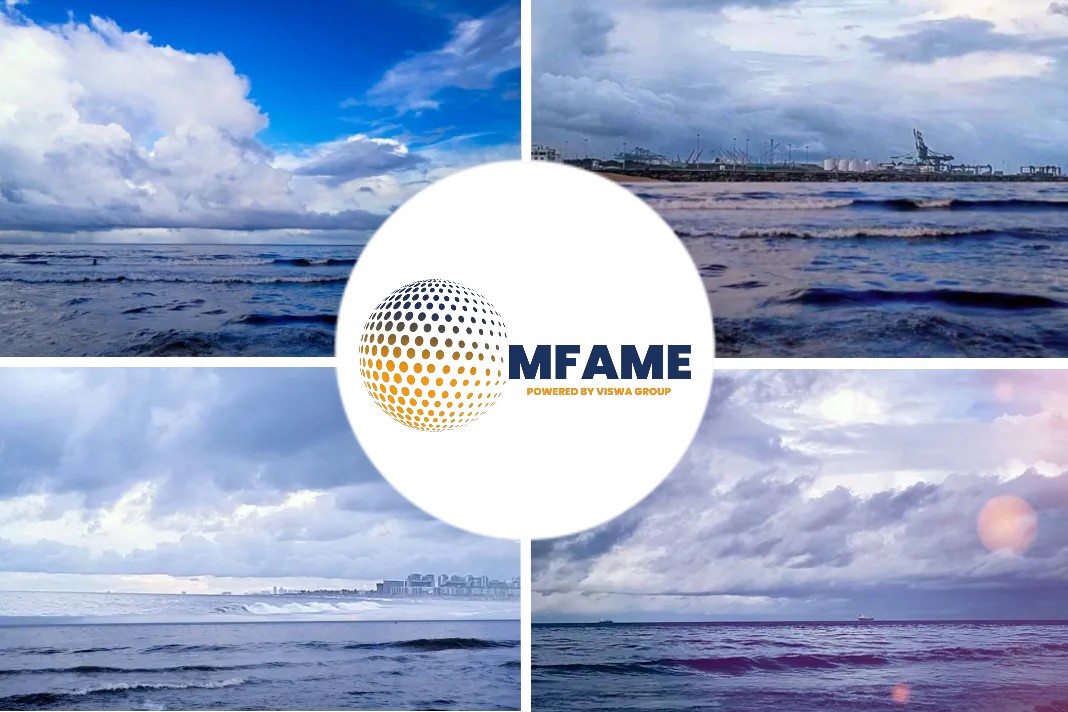
In the How CO2 shipping, CII and the EU ETS will transform North Sea shuttle tanker operations webinar, held 22 June 2023, two experts, Altera Infrastructure director sustainability Shuttle and FSO Christian Fjell and International Chamber of Shipping (ICS) technical director Chris Waddington discussed the situation in the North Sea, reports Riviera.
CII calculation
One the main issues for shuttle tankers operating in the North Sea is the impact of the CII calculation on ratings.
Mr Fjell noted that although the Altera fleet contains six shuttle tankers equipped with state-of-the-art technology, LNG dual fuel and battery hybrid power, these will fall into the D and E category of CII.
The reason is the nature of the operations. He explained shuttle tankers are going from an oil terminal out to an offshore field to collect the crude oil on a regional basis. “They have short transit distances and frequent offshore loadings,” he said.
Furthermore, at the offshore field, the shuttle tankers spend a lot of time in dynamic positioning status: using energy but travelling very few miles.
An Altera shuttle tanker could have as many as 30-35 cargo operations a year, which impacts the CII rating.
At the June 2022 MEPC, with input from classification societies and other shuttle tanker operators, IMO granted a modification to the CII formula to take shuttle activity into account. The correction factor transformed some of the vessels from imminent D and E ratings to CII A and B, respectively.
But not for the Altera shuttle tankers operating in Brazilian waters – why is that? Some of these vessels are less than 10 years old and should be rated B and C.
Altera’s analysis showed that in Brazil, these ships spend a lot of time waiting for orders, and waiting to discharge.
“How a ship is traded can have a tremendous effect on the CII rating,” said Mr Fjell. “We can do only so much with technology on the ships. But we do not have control over the trading and scheduling of the vessels, and it is this that has an enormous influence on the CII score.”
Mr Waddington agreed that correction factors to CII were needed for outliers like shuttle tankers and more data is required on the operational factors affecting other sectors. “At ICS, we are intending to put in place our own industry data collection system and encourage our members, the shipowners, to lodge their data,” he said.
He noted CO2 onboard capture and storage needs to addressed too, as this could have a big influence on shuttle tanker CII ratings.
Mr Fjell noted that changing the CII calculation to the start and end of the actual sea voyage would increase the ratings of shuttle tankers in Brazil, and this is something being considered at IMO.
Regarding future fuels, the pathway for Altera is LNG, followed by bio-gas LNG. One of the reasons for this approach is the security of the supply of fuel. Ammonia is an option for Altera but only in certain circumstances. “We would be very happy to tender for such projects, where the end customer takes on the sourcing risk of that fuel,” he said.
Takeaways
Christian Fjell (Altera): “You can look at the regulatory landscape as being a major pain and a major inconvenience. On the other hand,” he said, “It is also an opportunity; be proactive and be forward leaning and be on top of what is coming. That will give you the business.”
Chris Waddington (ICS): “New fuels are typically half as energy dense as the traditional fuels, so society is going to need an awful lot – probably double the amount of crude oil we were currently transporting around the world – which is good news for tankers.
Did you subscribe to our daily Newsletter?
It’s Free! Click here to Subscribe
Source: Riviera















